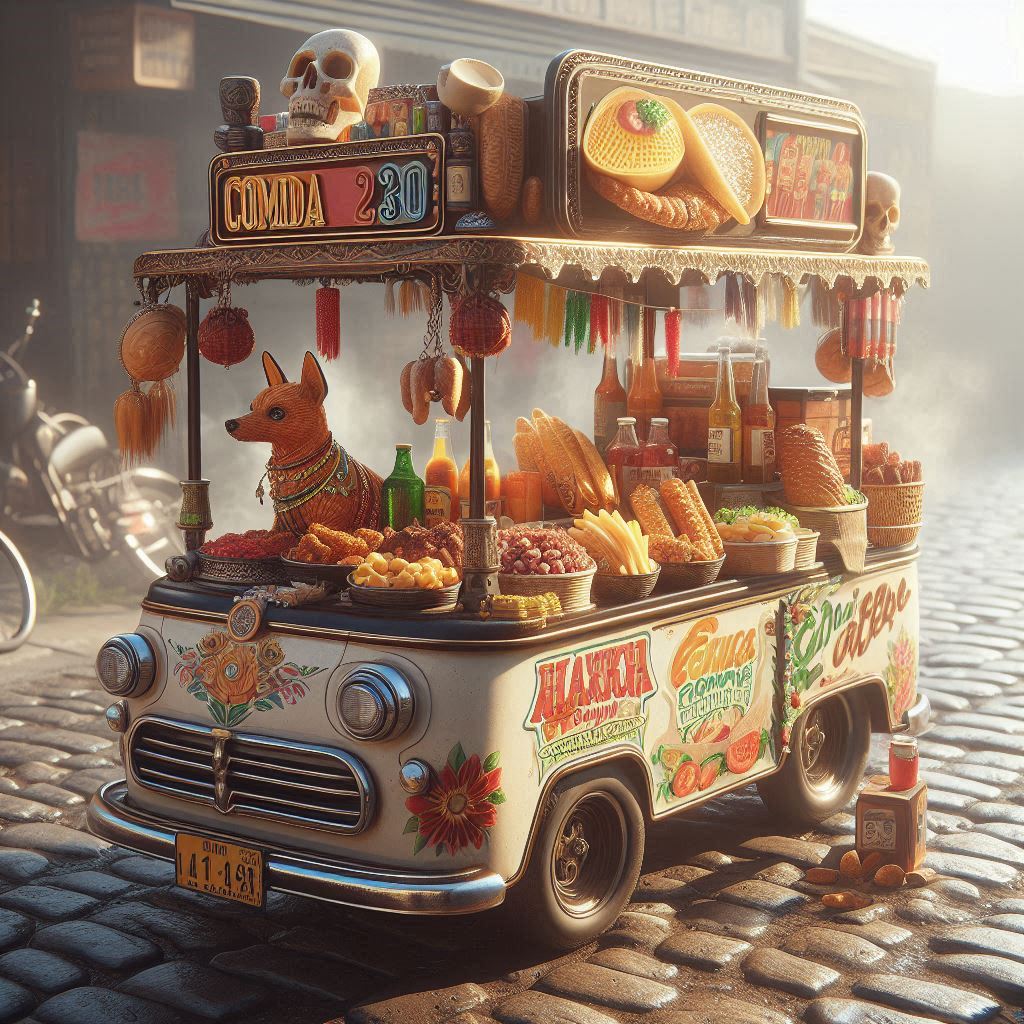The origin and tradition of comida corrida
Mexican cuisine is a vibrant mosaic full of intense flavors and traditions deeply rooted in popular culture. Among these culinary traditions, one stands out that, although simple, has a great impact on the daily life of millions of Mexicans: the comida corrida. In this post, we invite you to discover the origin, structure, and importance of this emblematic gastronomic tradition.
What is comida corrida?
Comida corrida is a complete, balanced, and affordable menu traditionally served in fondas, economical kitchens, and small restaurants in Mexico. It is designed for those who seek a homemade, nutritious, and quick meal, ideal for workers and students with little time for lunch.
This type of meal consists of several courses including appetizer, main dish, side dishes, drink, and sometimes dessert. Its main characteristic is offering a fixed or limited daily menu, ensuring fast service and accessible price.
The origin: speed and practicality
The term “comida corrida” originated in the early 20th century, when fondas and economical kitchens proliferated in Mexico. These places aimed to provide quick and efficient service for workers and office employees who had little time to eat during their workday.
The word “corrida” refers to the speed at which the dishes were served, one after another, without long pauses. This dynamic allowed diners to enjoy a complete meal in less time, facilitating the continuity of their daily activities.
Unlike conventional restaurants, where the menu was broad and the time between dishes long, comida corrida was characterized by a daily menu with few but well-defined options. This formula became popular due to its functionality and convenience.
Evolution and regional adaptation
Although it was born as a practical solution for workers’ lunch, comida corrida has evolved and adapted to the customs and tastes of each region in the country. In Mexico City, it is common to find menus with red rice, broths, stews like picadillo or meatballs, while in coastal regions, preparations with seafood or local typical ingredients are included.
Over time, traditional fondas gave way to a wide variety of establishments that maintain the spirit of comida corrida, but with more elaborate presentations and options that reflect Mexico’s culinary richness. From informal street stalls to restaurants that rescue this tradition with a gourmet touch.
What does a typical comida corrida menu consist of?
A classic comida corrida menu generally follows a structure that ensures variety and nutritional balance:
- Appetizer: it can be a soup (noodle, vegetable, or cream), a consommé, or a simple salad.
- Rice or pasta: red, white, or bean rice, sometimes accompanied with egg or plantain; or pasta like spaghetti with cream and ham.
- Main course: stews like beef or chicken milanesa, meatballs in sauce, Mexican-style steak, or stuffed peppers.
- Sides: tortillas, refried or boiled beans, nopales, or guacamole.
- Drink: seasonal fresh water like horchata, hibiscus, or tamarind.
- Dessert (optional): flan, gelatin, rice pudding, or a typical sweet.
This daily variety, with fresh and homemade options, makes comida corrida a nutritious and economical alternative for those who want to eat well without spending too much.
Comida corrida today: tradition and resilience
In a world dominated by fast and industrialized food, comida corrida remains a stronghold of Mexican homemade cuisine. Many people prefer it for its authentic flavor, value for money, and speed of service.
Moreover, comida corrida represents more than a way of eating: it is a reflection of Mexican cultural and social identity, a tradition that unites generations and preserves recipes and flavors passed down from family to family.
Conclusion: comida corrida, a symbol of Mexican culture
Comida corrida is not just an economical and fast menu; it is a culinary experience deeply rooted in Mexico’s daily life. Its humble origin and evolution into a gastronomic icon show how food can be much more than sustenance: it is culture, history, and togetherness.
If you visit Mexico, don’t miss the opportunity to try comida corrida. It is a journey through homemade flavors, Mexican hospitality, and the history served on every plate.

